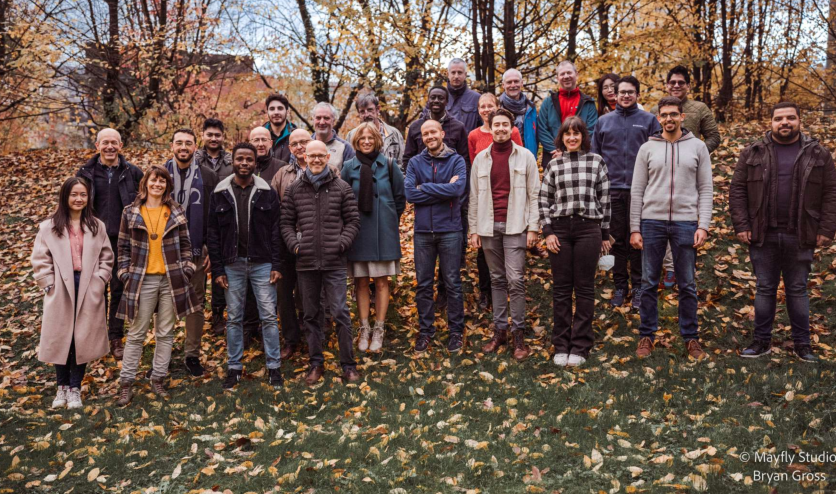

Who are we?
STELORG is a consortium comprising 4 research institutions (ICPEES, ICS, IPCMS, ICUBE ) located on the northwestern research campus of Strasbourg, France. Each institution is closely linked to the French National Center for Scientific Research (CNRS) and the University of Strasbourg. The permanent members of the consortium are CNRS researchers, engineers or associate and full professors from the University of Strasbourg. The PhD students involved into the consortium are enrolled in three different doctoral schools (Chemical Sciences, Physics and Physical Chemistry, & Mathematics, Information Sciences and Engineering).
Affiliated Research Institutes
- Institute for Chemistry and Processes for Energy, Environment and Health (ICPEES),
- Charles Sadron Institute (ICS),
- Institute of Physical and Material Chemistry of Strasbourg (IPCMS)
- Engineering Science, Computer Science and Imaging Laboratory (ICube)
What is the purpose of STELORG?
Organic electronics is an emerging field that aims to develop new technologies and applications using carbon-based organic semiconducting materials. Organic semiconductors have many potential advantages over conventional crystalline materials, such as lightweight, low-temperature processing leading to reduced energy feedback times, and the ability to be integrated into flexible devices.
The incorporation of organic semiconductor materials into optoelectronic devices requires addressing many scientific and technological challenges in areas covering materials and interfaces, organic semiconductor physics and device engineering. STELORG, which stands for “Strasbourg Electronique Organique”, is an interdisciplinary consortium bringing together local actors involved in organic electronics, including PhD students, post-docs and permanent researchers, professors or engineers from several academic laboratories located on the same research campus. Our expertise ranges from organic chemistry to the development of devices, while the scope of our research applications encompasses most types of organic optoelectronic devices.
Our ambitions
The efficient operation of an organic semiconductor within optoelectronic devices depends on many of its physico-chemical properties, ranging from its molecular structure and optical and electrochemical parameters to the self-assembly in the active layers of the devices. The device architecture, which is most often made up of stacked layers of different materials and interfaces, is also critical to performance and must be controlled. We draw on the multidisciplinary expertise of the consortium members to address this challenge by investigating and solving scientific questions that often lie at the interface of different fields.
STELORG's general approach is based on regular meetings and discussions between members, with at least one extended group meeting per month, allowing for knowledge sharing and access to specialized equipment. Regular and informal discussions provide an opportunity to report on work in progress and share difficulties encountered, to generate new ideas and to develop new projects to be carried out by the consortium.
Typical projects include the synthesis of new (macro)molecular materials, the study of their chemical and physico-chemical properties (thermal, spectroscopic, electrochemical, etc…), the investigation of their self-assembly in thin films, as well as the optimized integration of the molecules into devices.